In the fall of 2024, over eight million Gen Z Americans, primarily students, became eligible to cast a vote for the first time. Gen Z is typically defined as a demographic born between the mid-1990s and early 2010s. They joined a larger collective of eligible Gen Z Americans to total 41 million, according to the Center for Information and Research on Civic Learning and Engagement (CIRCLE) at Tufts University.
With many young people voting, candidates focused on receiving as much of the youth vote as possible. Only about 18% of voters ages 18-19 voted in the 2022 midterm elections, a much lower rate than that of older age groups. Still, these voters were generally enthusiastic about voting and were able to swing 2022 midterm races in key states, according to a Harvard Institute of Politics survey published by the Brookings Institution.
Josh Maxwell, Chair of the Board of Commissioners for Chester County, said that individuals under 30 make up the smallest percentage of voters. Just under 11% of voters this year are less than 24 years old. That number isn’t a significant shift compared to earlier election cycles, despite efforts to make voting more accessible.
“We actually hired an outreach person to go to where young people are and [ensure] people know how to register. People on staff will spend all year trying to encourage residents in a nonpartisan way to get out the vote,” Commissioner Maxwell said.
According to the New York Times, the 2024 election cycle had an unprecedented turnout of early voters, with over eighty million casting their ballots before Election Day. Many of these were mail-in votes, a method that became more common during the 2020 election cycle due to the COVID-19 pandemic. While it became widespread to prevent the spread of the virus, it has remained popular due to some added benefits.
“[Mail-in voting] has changed the people interested in voting. [For] some kids [it is] more convenient, whether they’re working or in college. That’s helped some college kids to vote,” Commissioner Maxwell said.
While some chose mail-in voting, first-time voter Declan Abromavage ‘25 reported registering to vote online and casting his ballot in person. In-person voting is also the method he chooses to vote in all local elections. Pieter Schwab ‘25 cast an early ballot for the 2024 presidential election in October in person.
Still, Abromavage and Schwab are in the minority. According to CIRCLE, only 42% of young voters (+/- 1%), ages 18-29, cast ballots in the 2024 presidential election, a lower youth turnout than in 2020. Politicians and political scientists have long studied this demographic’s apathy, attempting to increase participation.
While Commissioner Maxwell’s team focused on larger-scale mobilization, individual community members made smaller-scale efforts too. Upper School Social Studies Teachers Mrs. Helena Ryder and Mr. Zak Hill organized voter registration for Malvern Prep students in the weeks leading up to November 5.
“It was done at my former school, Gwynedd Mercy Academy. I talked to Mr. Hill, and we agreed it would be a great idea to do at Malvern,” Ryder said.
Bringing the initiative to Malvern was important to both Ryder and Hill. They each believe that students should take advantage of their constitutional rights and vote for the candidates that support their views.
“This is a democracy. If you’re not willing to show up, stand in line, and cast your ballot, what are we even doing here? We have to get out and say what we feel,” Hill said.
Despite the statistics, Hill and Ryder found that many young voters are engaged in the democratic process. Abromavage’s voting decision in the 2024 presidential election reflected a priority for many young voters: family. He recalls how his family has always prioritized voting, each of his family members voting as soon as they have been able to. Abromavage’s grandfather in particular was involved in local politics throughout his life, setting an example for his family to inspire participation in voting.
“[Voting] is important because it affects not only my family but [every] family’s future,” Abromavage said.
Like Abromavage, Schwab’s priority is family when considering who he casts his ballot for. He can recall his family members voting in each election and is excited that he was able to cast his ballot alongside them this year.
“It has been very important to my family. [My parents] have always made an effort to vote and will drop everything [that] day to go cast their vote,” Schwab said.
Beyond family, several other issues were important to young voters in this cycle, as they recognize that the outcome could affect their lives for years to come. When asked what issues he believes young voters care most about, Abromavage discussed Gen Z’s wages and economic factors.
“This goes for everybody: taxes. The younger generation [has] more life ahead of them. Also, [taxation] on tips is huge because the younger generation [are] working low-wage jobs where tips are a huge factor in part of their wages,” Abromavage said.
Support for specific economic policies is just one example of how young voters influence government and politics. For the 2024 presidential election, their influence was particularly evident in battleground states like Pennsylvania. In the 2020 presidential election, the allocation of Pennsylvania’s electoral votes was decided by a mere eighty thousand ballots, according to the Commonwealth of Pennsylvania Election Returns. With the current number of eighteen-year-olds in the state of Pennsylvania topping 85 thousand, first-time voters held unique power.
Voters of Tomorrow is the nation’s largest Gen Z-led youth voter outreach organization. Led by a national staff of political strategists, organizers, and policy experts, their goal is to engage young people in politics and encourage diverse perspectives.
“In swing states like Pennsylvania, every vote really counts,” Voters of Tomorrow Spokesperson Ms. Audrey Smith said.
Compared to the 2020 election, young voters (ages 18-24) swung twenty-one points in favor of Republican candidate Donald Trump, according to CIRCLE. This shift’s impact was seen in swing states like Pennsylvania, where Republican candidate Donald Trump carried the state’s nineteen electoral votes by a margin of about 1.9%.
In fact, over the past three presidential elections, Pennsylvania has been decided by margins of less than 2%, with flips occurring in each cycle. As Gen Z begins to hold a larger share of the electorate, their historically low turnout presents an opportunity to reshape future elections.
In recent cycles, politicians have found that one of the greatest ways to reach young people is through social media. Since the inception of the internet, a growing percentage of the population has flocked to social platforms, with over eighty percent of U.S. adults reporting using YouTube. In addition, over three-quarters of individuals aged 18-24 said they use Instagram and Snapchat, according to the Pew Research Center’s 2021 study on social media use.
The aforementioned Harvard Institute of Politics survey states that trust in social media sites as a valid news source has generally increased over the past decade, with younger voters expressing more certainty. As a result, political organizations have identified these platforms as channels to disseminate their preferred information.
“Because Pennsylvania is a swing state, we’ve tried to [put] more information on social media. With [the] controversy around elections in Pennsylvania, that tends to drive [negative] social media content. [We] just take the backlash that comes with it,” Commissioner Maxwell said.
While Commissioner Maxwell and the Board of Elections primarily release nonpartisan voter-mobilization content, partisan political influences attempted to sway undecided voters using social media. Their efforts led to a tidal wave of information on consumers’ feeds, much of which is distorted or untrue.
“[Social media] is like a blessing and a curse. [Gen Z] is much more in touch due to social media, but [they] don’t necessarily know if what [they’re] ingesting on social media is true. There’s no way to know that unless [they] do the research, and not everyone is going to do that,” Ryder said.
The spread of misinformation is a concern for many. With its saturation across platforms and invasive nature, it’s almost impossible to avoid.
“Sometimes [Gen Z is] bombarded with [misinformation] on a day-to-day basis. It’s about being able to discern what is and [what] is not good information,” Hill said.
With misinformation so common, it’s often difficult for first-time voters to discern what is factual. Voters of Tomorrow reportedly made over 350,000 contacts to combat misinformation in the swing state of Wisconsin and over ten million contacts nationwide. They have chosen to focus time and attention on the issue of misinformation partly because of the ease with which it spreads.
“We’ve been focusing on helping people spot reliable sources and encouraging critical thinking so they don’t just take things at face value. It’s about making sure they’re equipped to sort through the noise and make informed choices,” Smith said.
While acknowledging the negative impacts of misinformation, Abromavage believes that social media can be effective for candidates in the modern day. Due to the disproportionate use of technology across generations, he also expressed that the best use of social media could be to address issues that Gen-Z is facing, rather than those faced by older voters.
“Everyone’s on it, and it’s an easy way to reach younger generations,” Abromavage said.
Given all of the factors influencing them, Gen Z must inform themselves and make voting decisions with consideration. Smith expressed that media literacy is an important starting point for anyone who isn’t sure what to trust.
“Knowing your information is coming from a valid, authentic source can help provide young voters with the right information to make an informed decision on who they vote for,” Smith said.
Additionally, Ryder hopes that first-time voters consume information from various sources. She believes this will allow them to better understand what is factual and what matters to them.
“I hope [they are] doing their own research, reading and listening to different news sources,” Ryder said.
Hill hopes that students will think critically about their beliefs and inform their decisions by first looking within. He hopes this will allow students to understand how people around them can influence their ideology.
“I think that we can find that we never really gave it much thought before, so [many] of the things that we think and believe come from our parents [and] friends. Sometimes we [tend] to allow that to go without any real introspection,” Hill said.


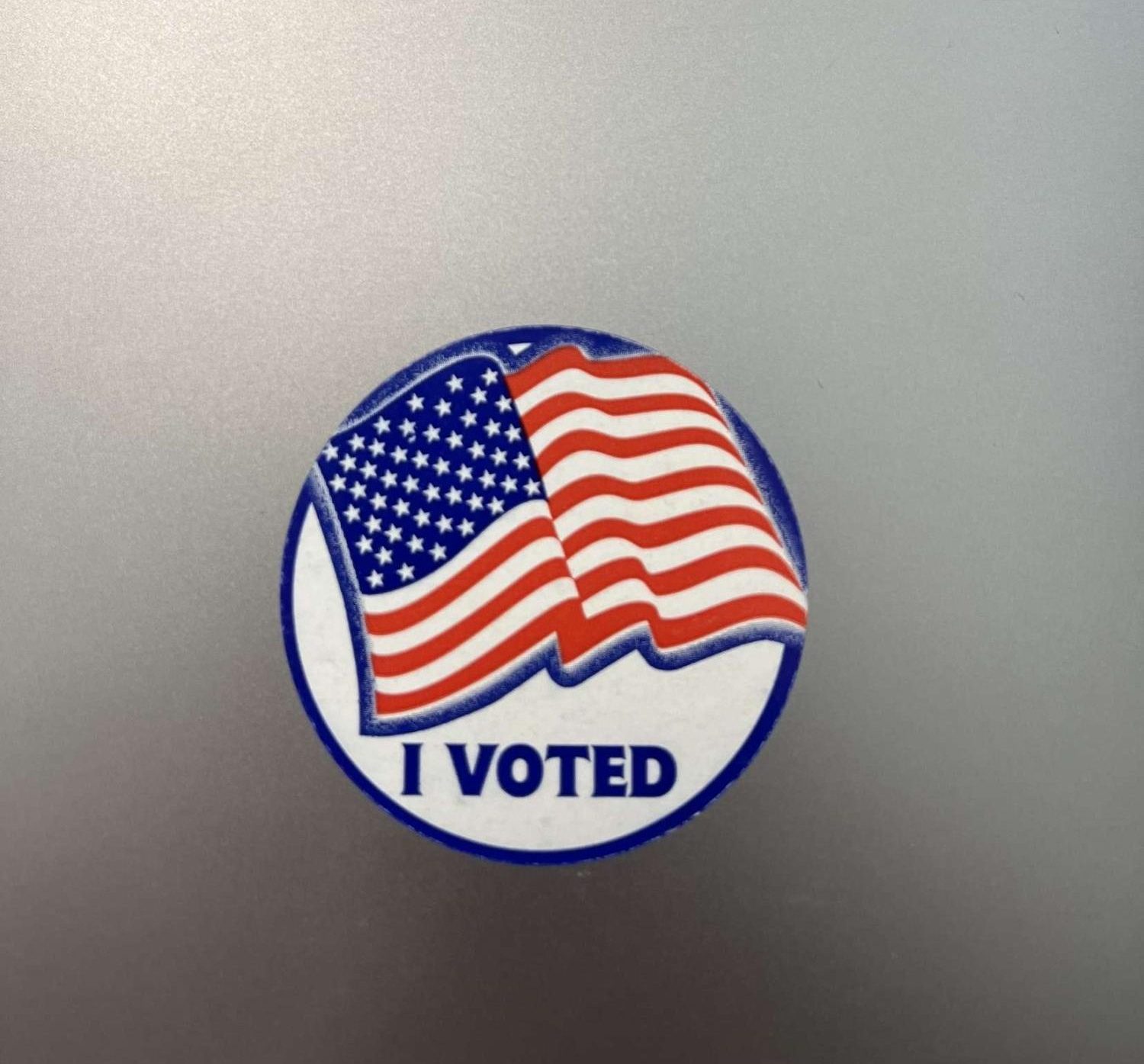
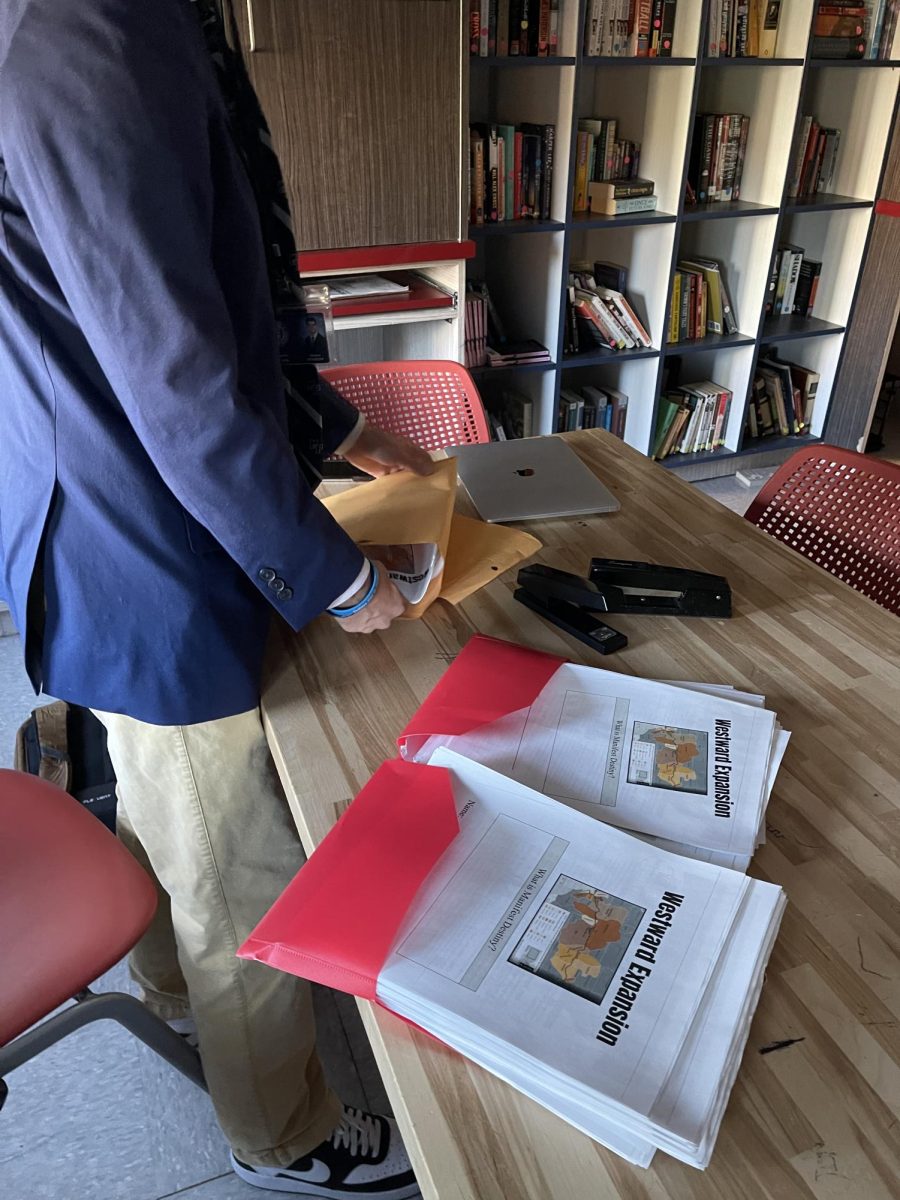
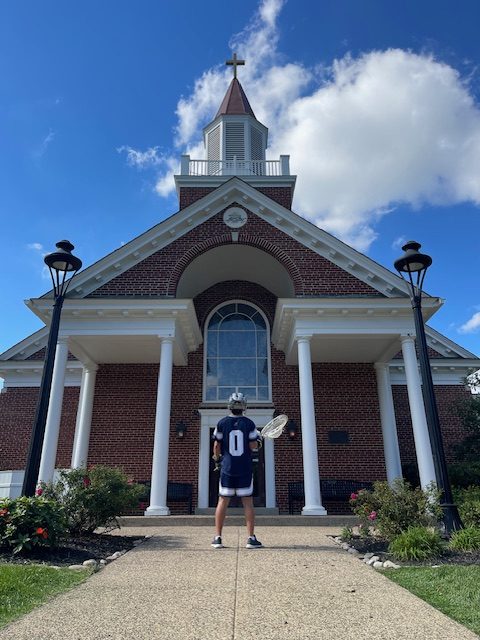
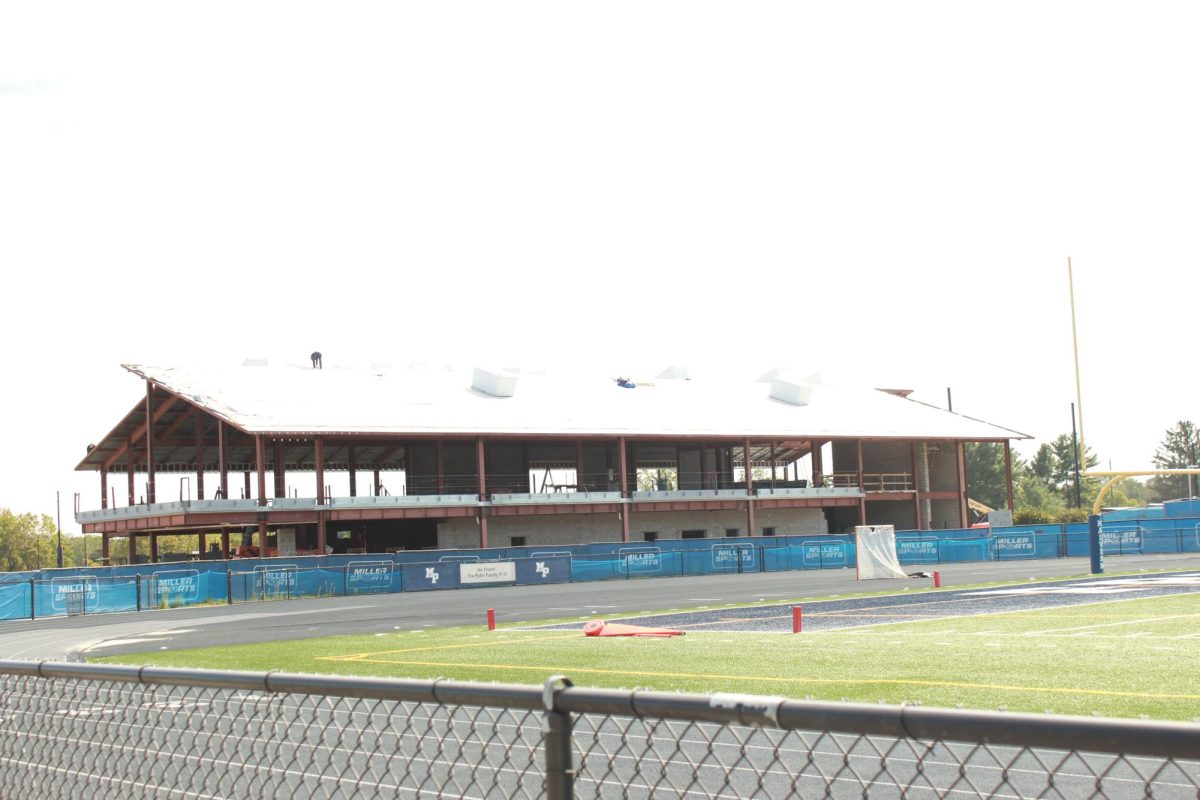
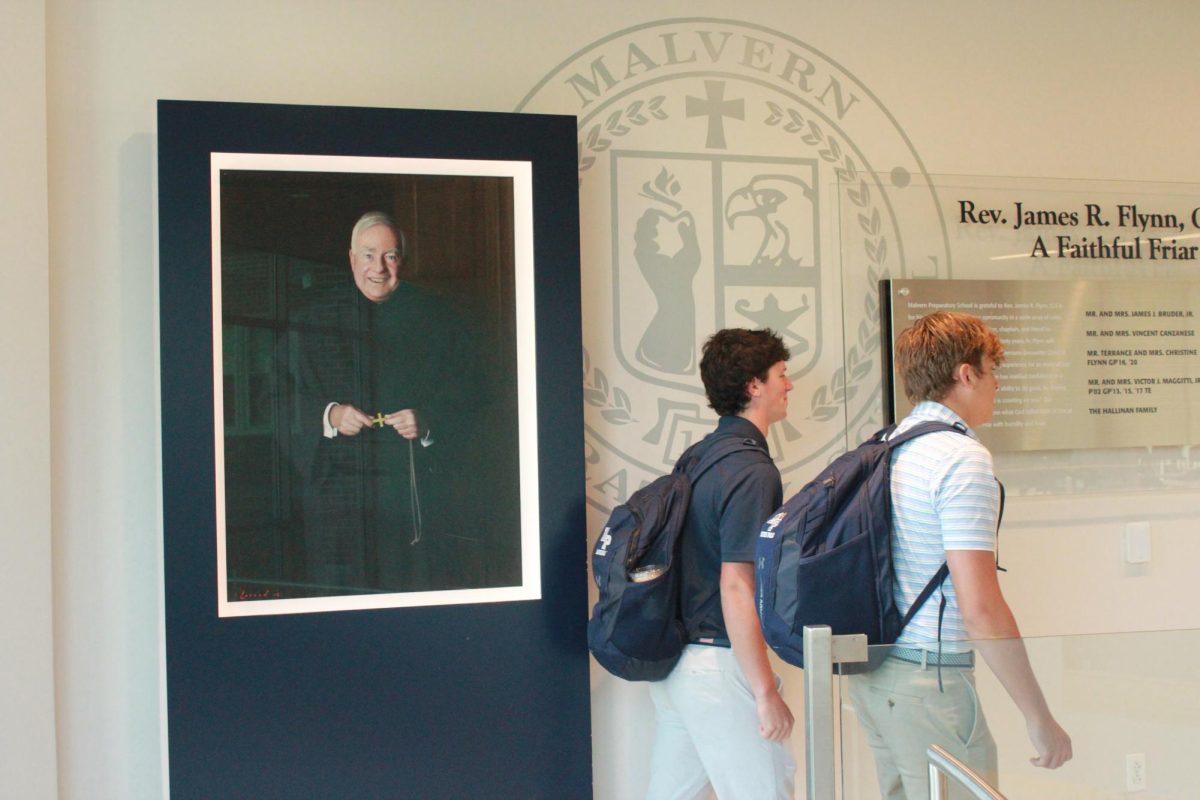
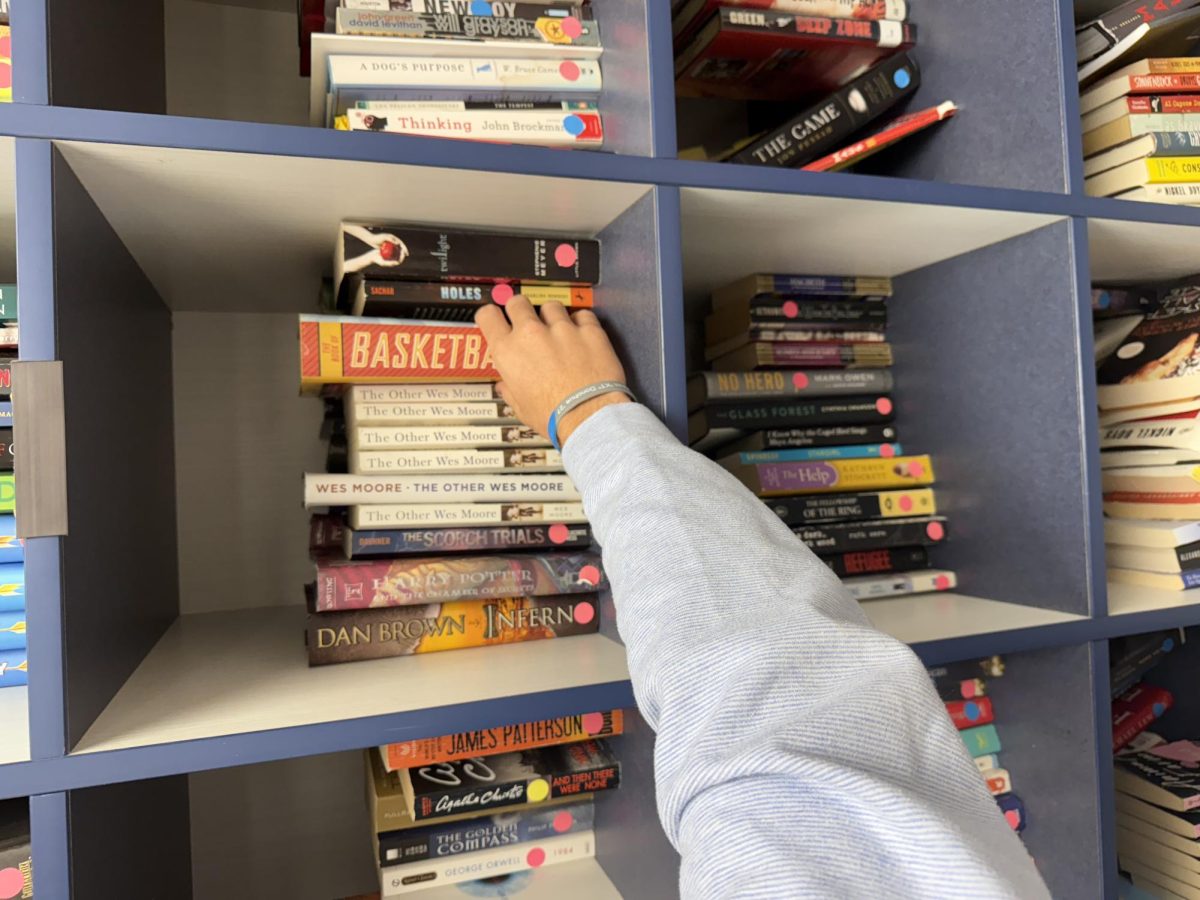

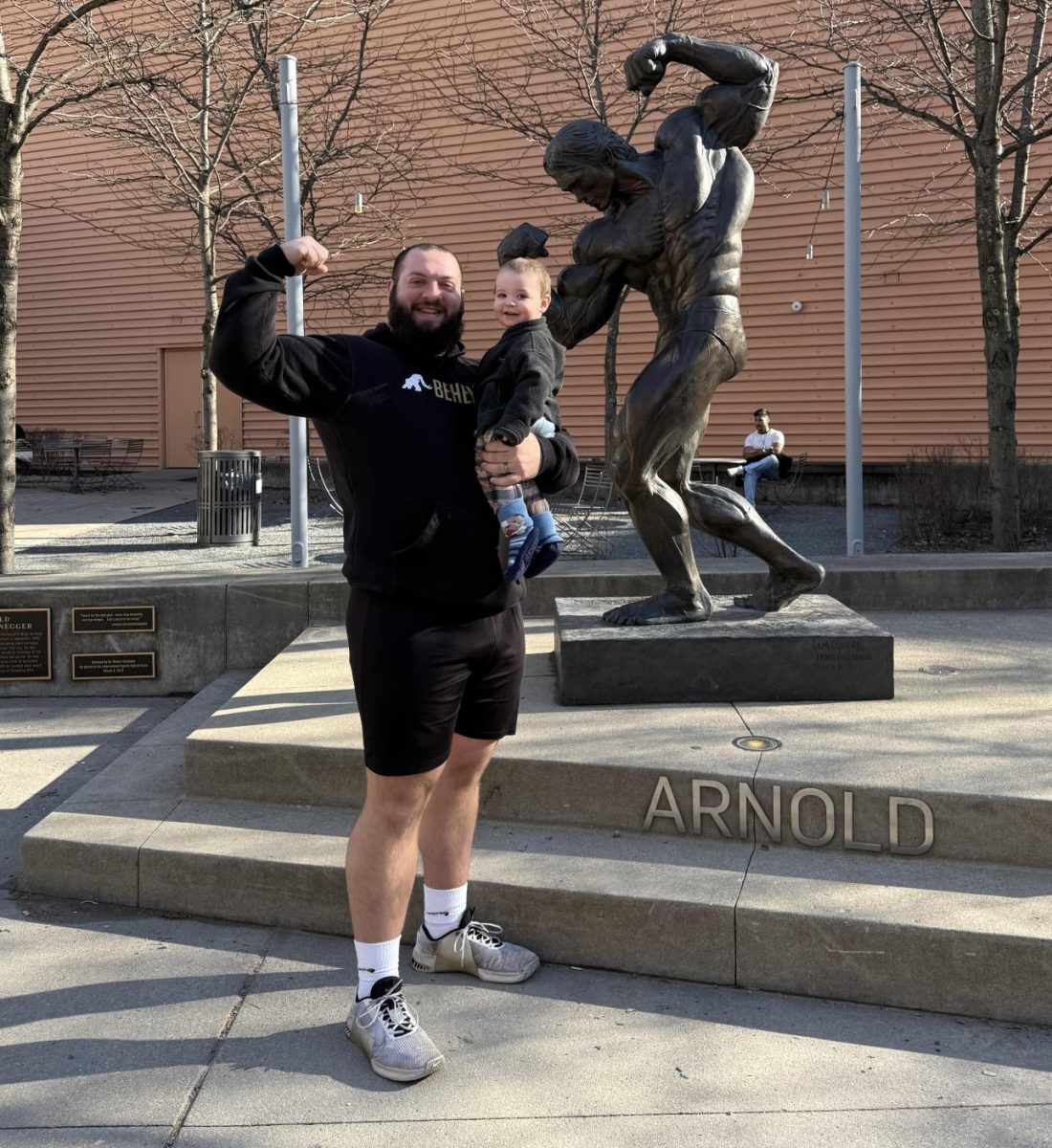
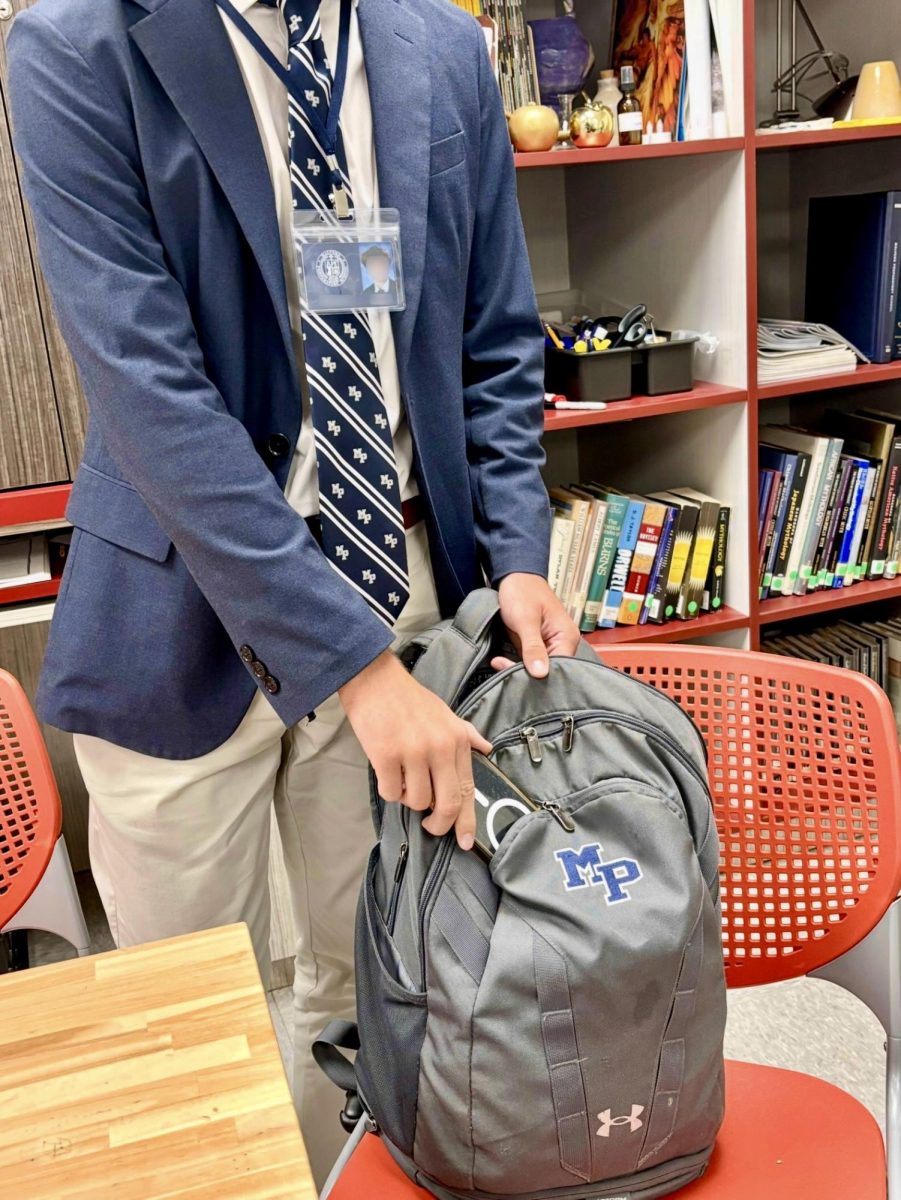
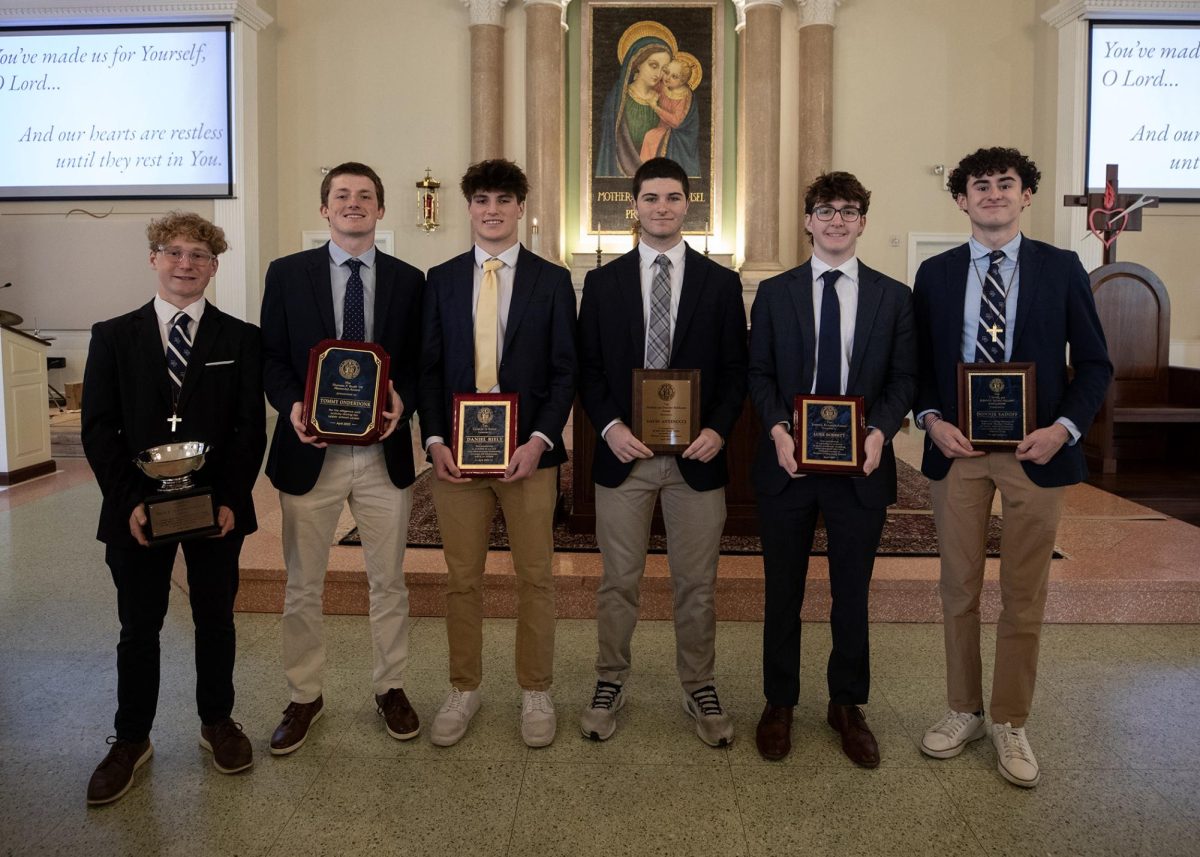
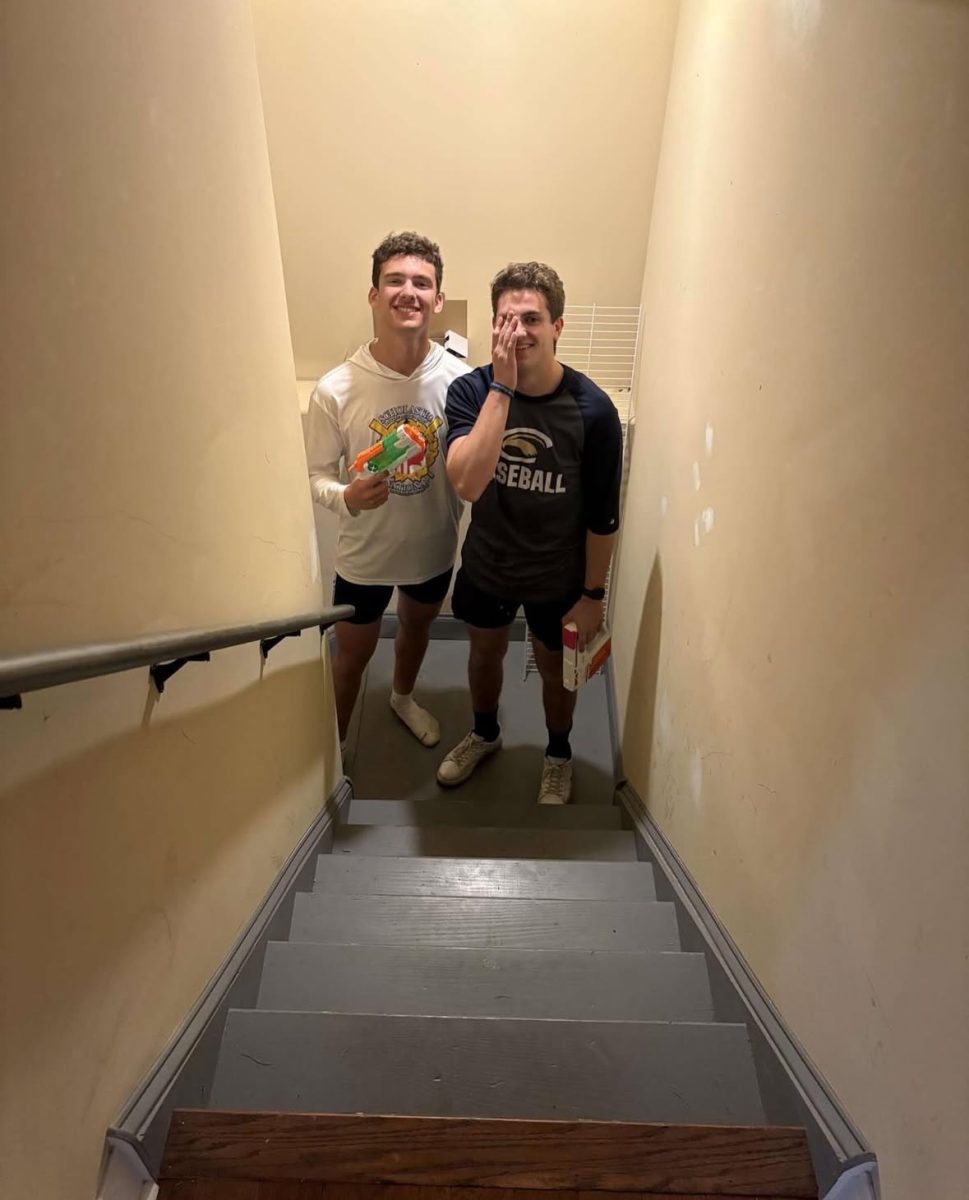
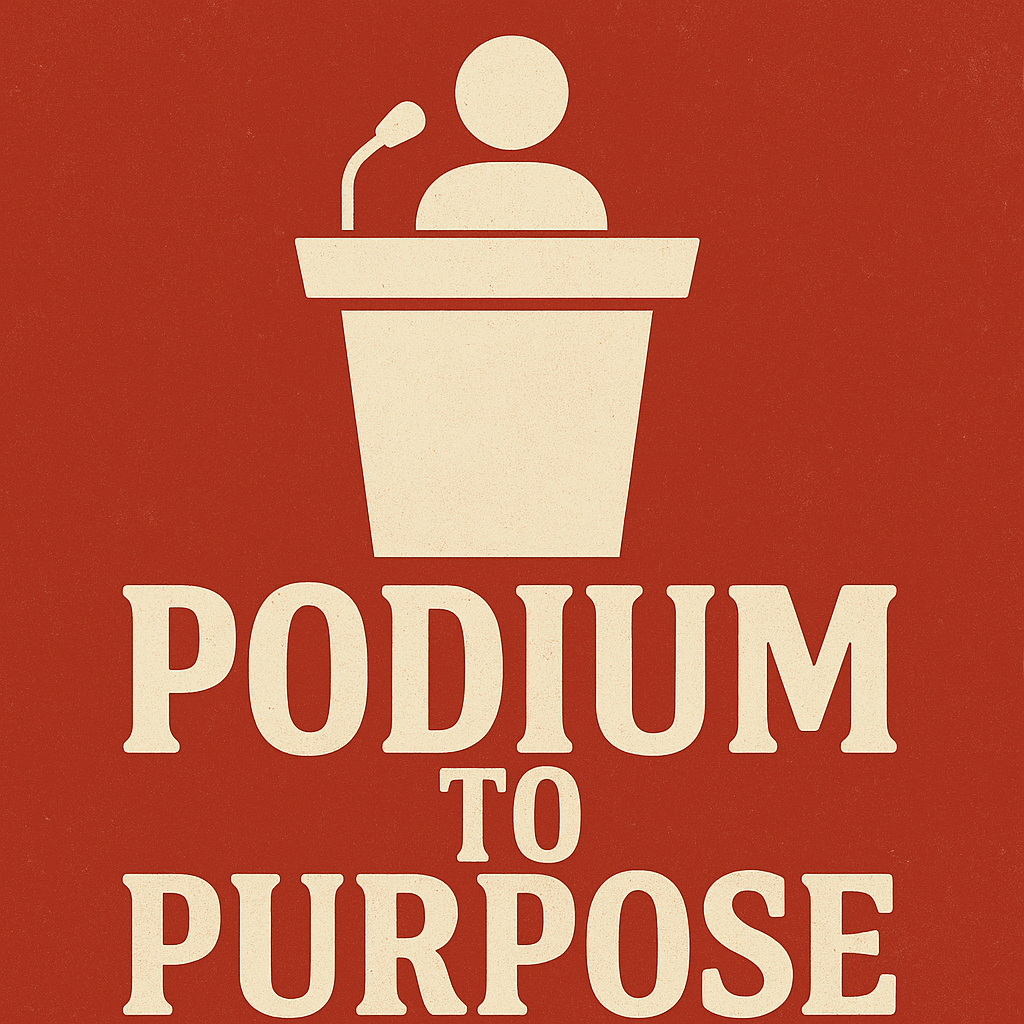
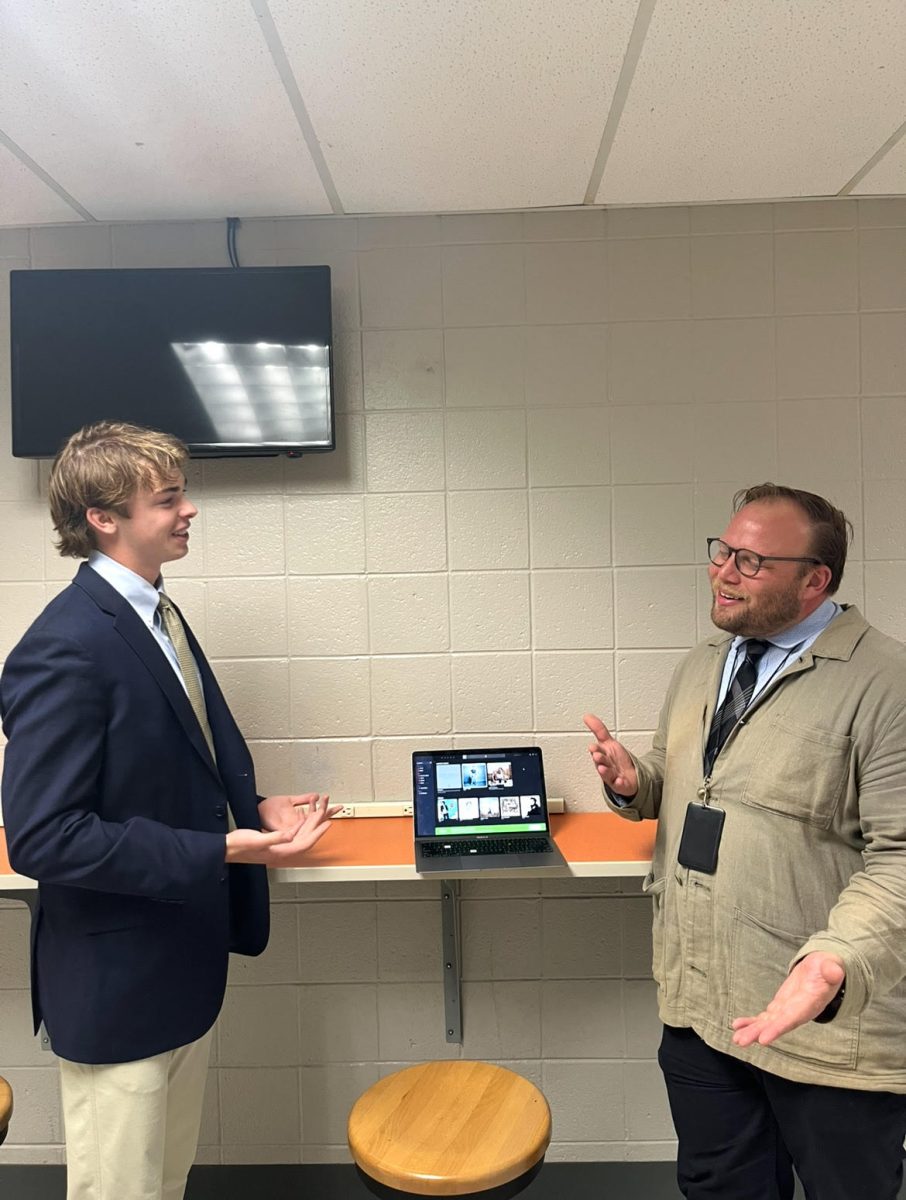
Fran Martin • Nov 18, 2024 at 4:49 pm
Sean,that was terrific.
You did a lot of research for this subject. I am very happy that the young people are taking an interest in the future of Our Country.